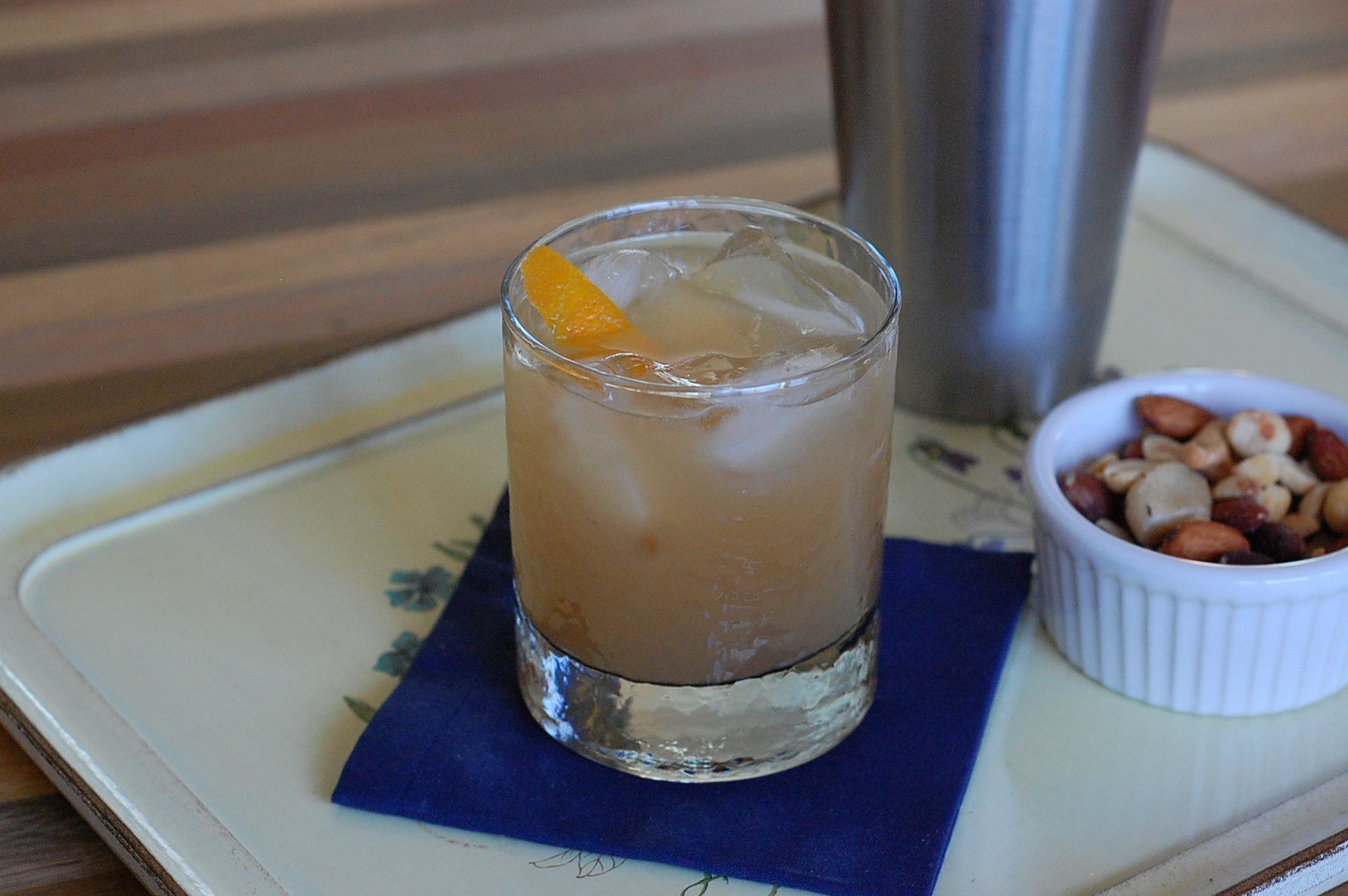
When we think of Canada, one iconic symbol that immediately comes to mind is the maple leaf. This simple yet distinctive leaf is not only an emblem of the nation but also holds a wealth of cultural, historical, and natural significance. From being featured on the Canadian flag to representing unity and diversity, the maple leaf is deeply rooted in the country’s identity.
But did you know that there are fascinating facts about the maple leaf that go beyond its symbolism? In this article, we will explore nine intriguing facts about the maple leaf that will not only deepen your appreciation for this beloved symbol but also provide you with intriguing insights about its various uses and importance in Canada and beyond.
Key Takeaways:
- The Maple Leaf is more than just a symbol of Canada – it’s also edible and has medicinal properties, making it a fascinating and versatile part of nature.
- From its unique shape to its role in Canadian art, the Maple Leaf is a source of inspiration and pride, representing unity and creativity in various forms.
The Maple Leaf is a Beloved Canadian Symbol
The Maple Leaf holds immense cultural significance in Canada and is prominently featured on the country’s national flag. It is widely recognized as a symbol of Canadian identity and is often associated with values such as unity, peace, and resilience.
Maple Trees Have Distinctive Leaves
The leaves of maple trees are characterized by their unique shape, which consists of three or more lobes. The edge of the leaf is often serrated, adding to its intricate and beautiful design. Maple leaves are known for their vibrant colors, with shades ranging from deep green to brilliant red and gold during the fall season.
Maple Syrup is Derived from Maple Trees
One of the most delicious and popular uses of maple trees is the production of maple syrup. This sweet and sticky syrup is made by tapping the trunks of maple trees and collecting the sap, which is then boiled down to create the syrup. Canada is especially known for its high-quality maple syrup production.
Maple Leaf as a Symbol of Autumn
The sight of maple leaves changing colors and falling from the trees has long been associated with the arrival of autumn. The breathtaking display of red, orange, and gold leaves has inspired countless artists, writers, and photographers, making it an iconic representation of the fall season.
Maple Leaf Shapes and Sizes Vary
The shape and size of maple leaves can differ depending on the particular species of maple tree. Some maple leaves are rounded, while others are elongated or have more intricate shapes. The famous Canadian flag features a stylized 11-pointed maple leaf, which is neither too large nor too small.
Maple Leaves are Edible
In addition to maple syrup, maple leaves are also edible. They can be used in cooking and garnishing dishes, adding a touch of natural sweetness and a hint of unique flavor. Maple leaves are often used in traditional Asian cuisine and are enjoyed in various forms, including as wrappers for steamed foods.
Maple Leaves have Medicinal Properties
Maple leaves have been used in traditional medicine for their potential health benefits. They are believed to have anti-inflammatory properties and can be brewed into tea or used topically to relieve skin irritations. However, it’s important to consult a healthcare professional before using maple leaves for medicinal purposes.
Maple Leaves Can Symbolize Unity
In addition to representing Canadian identity, the Maple Leaf has also been used as a symbol of unity. During times of crisis or national events, such as the Olympics or commemorative ceremonies, people often wear or display the Maple Leaf to demonstrate their solidarity and pride.
The Maple Leaf is Honored in Various Art Forms
The beauty of the Maple Leaf has inspired artists and craftsmen across various art forms. From paintings and sculptures to jewelry and tattoos, the Maple Leaf serves as a muse for expressing creativity and appreciation for nature’s wonders. It has become an iconic motif in Canadian art and design.
There you have it – 9 fascinating facts about the Maple Leaf. From its symbolic significance to its culinary and medicinal uses, the Maple Leaf truly holds a special place in the hearts and minds of people around the world.
Conclusion
Maple leaves are not only iconic symbols of Canada but also hold a fascinating significance in various cultures and industries. From their vibrant colors to their unique characteristics, maple leaves have captured the interest and admiration of people worldwide. Whether you’re enjoying the beauty of fall foliage or savoring the delicious taste of maple syrup, these nine fascinating facts about maple leaves shed light on their rich history and cultural significance.
FAQs
Q: Why are maple leaves associated with Canada?
A: Maple leaves are representative of Canada’s identity due to the prevalence of maple trees across the country and their inclusion on the Canadian flag. They have become a symbol of Canadian pride and natural beauty.
Q: What gives maple leaves their vibrant colors?
A: The vibrant colors of maple leaves, such as red, orange, and yellow, are due to pigments called anthocyanins. These pigments are responsible for autumn foliage and vary in concentration depending on environmental factors.
Q: Are all maple leaves the same shape?
A: No, maple leaves can vary in their shape and size. The most common shape associated with maple leaves is the classic three-lobed design, but there are also maple species with leaves that have five or even seven lobes.
Q: Do maple leaves have any medicinal properties?
A: Certain species of maple leaves have been used in traditional medicine for their potential anti-inflammatory and antioxidant properties. However, it is important to consult with a healthcare professional before using them for medicinal purposes.
Q: Can you eat maple leaves?
A: While maple leaves are not typically consumed as food, young maple leaves can be used in recipes such as salads or even steeped to make tea. However, it is essential to ensure that the leaves come from a safe and edible variety of maple tree.
Q: Are all maple leaves edible for wildlife?
A: While many wildlife species, such as deer and squirrels, consume maple leaves, not all maple species are suitable for consumption. Some maple leaves can be toxic to certain animals, so it is crucial to be aware of the specific species and their effects on wildlife.
Q: Can you tap any maple tree for syrup?
A: The most commonly tapped maple trees for syrup production are sugar maple (Acer saccharum) and black maple (Acer nigrum). These species have higher concentrations of sugar in their sap, making them ideal for maple syrup production.
Q: How long does it take for a maple tree to produce sap for syrup?
A: Maple trees typically need to reach a certain age, usually around 30 to 40 years, before they can be tapped for sap production. However, the exact time can vary depending on the health and growth rate of the tree.
Q: Are maple leaves used in any cultural practices?
A: Maple leaves are often used in cultural practices, such as ceremonial events or as decorative elements. They can symbolize strength, unity, and the changing seasons, and are incorporated in various art forms, fashion, and design.
After learning about maple leaves, why not explore more fascinating topics? Delve into the world of professional hockey with our article on the Toronto Maple Leafs. Discover the comfort and sustainability of bamboo socks, perfect for any occasion. Lastly, uncover the incredible life story of Richard Peddie, a true visionary in the business world.
Was this page helpful?
Our commitment to delivering trustworthy and engaging content is at the heart of what we do. Each fact on our site is contributed by real users like you, bringing a wealth of diverse insights and information. To ensure the highest standards of accuracy and reliability, our dedicated editors meticulously review each submission. This process guarantees that the facts we share are not only fascinating but also credible. Trust in our commitment to quality and authenticity as you explore and learn with us.


